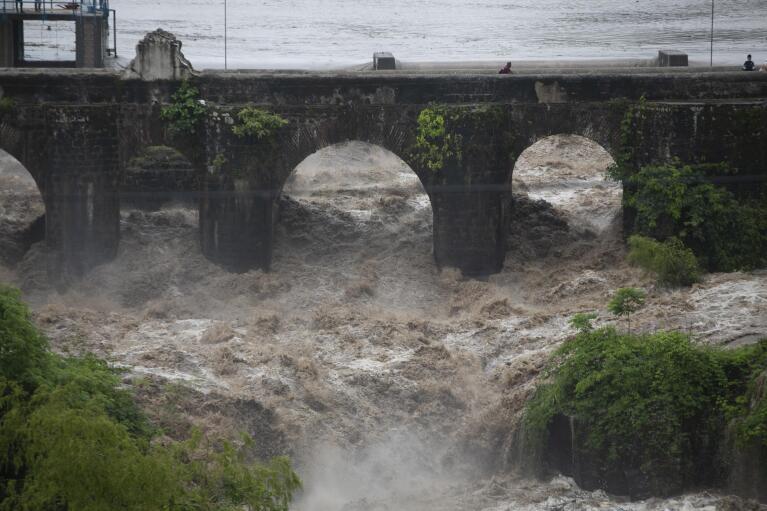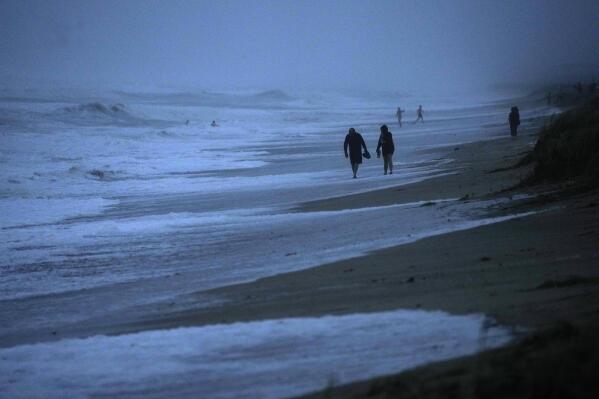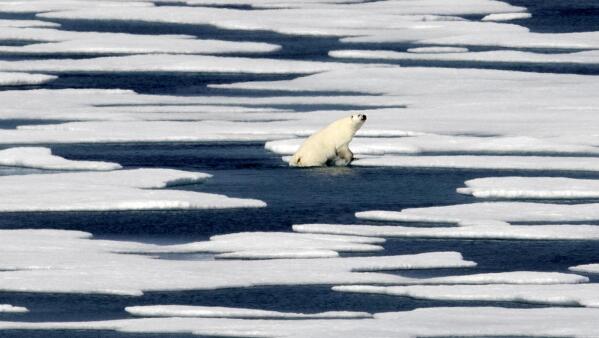Recent events that indicate Earth’s climate has entered uncharted territory
As a warming Earth simmered into worrisome new territory this week, scientists said the unofficial records being set for average planetary temperature were a clear sign of how pollutants released by humans are warming their environment. But the heat is also just one way the planet is telling us something is gravely wrong, they said.
“Heat sets the pace of our climate in so many ways ... it’s never just the heat,” said Kim Cobb, a climate scientist at Brown University.
Dying coral reefs, more intense Nor’easters and the wildfire smoke that has choked much of North America this summer are among the many other signals of climate distress.
“The increasing heating of our planet caused by fossil fuel use is not unexpected, but it is dangerous for us humans and for the ecosystems we depend on. We need to stop it, fast,” said Stefan Rahmstorf of the Potsdam Institute for Climate Impact Research.
Some other recent “firsts” and events that indicate climate change has entered uncharted territory:
FILE - This January 2017 photo provided by Ted Scambos shows sea ice on the ocean surrounding Antarctica during an expedition to the Ross Sea. Ice in the ocean off the southern continent steadily increased from 1979 and hit a record high in 2014. (Ted Scambos/National Snow and Ice Data Center via AP, File)
OCEAN WARMING
Most of the planet is covered by oceans, which have absorbed 90% of the recent warming caused by planet-warming gases such as carbon dioxide and methane. In April, global ocean temperature soared to 69.98 degrees Fahrenheit (21.1 degrees Celsius), which was attributed to the combination of greenhouse gas emissions and the early El Nino formation. Newly published data from the Copernicus Climate Change Service documented “exceptionally warm” ocean temperatures in the North Atlantic with “extreme” marine heat waves near Ireland, the U.K., and in the Baltic Sea.
WILDFIRE SMOKE
Several rounds of wildfire smoke originating from northern Canada brought dangerous air quality levels to eastern North America. The high levels of wildfire smoke have become familiar on the West Coast, but scientists say that climate change will make wildfires and smoke more likely and intense and that the East Coast will see more of it.


EL NINO ARRIVES EARLY
The current El Nino — a period of warming Pacific Ocean waters — formed a month or two earlier than usual, replacing a La Nina that, with its cooling of Pacific waters, served as a damper on global temperatures. That means it will have more time than usual to strengthen. The World Meteorological Organization predicts there is a 98% chance that at least one of the next five years will be the warmest on record, beating 2016 when an exceptionally strong El Nino was present.
SHRINKING ANTARCTIC SEA ICE
Scientists are watching Antarctic sea ice shrink to record lows. The 4.5 million square miles (11.7 million square kilometers) covered by the sheet on June 27 was almost 1 million square miles (2.6 million square kilometers) less than average for that date for the period from 1981-2010, according to the National Snow and Ice Data Center.
Put another way, an area nearly four times the size of Texas was gone from the ice sheet.
___
Associated Press writer Seth Borenstein contributed from Washington.
___
Associated Press climate and environmental coverage receives support from several private foundations. See more about AP’s climate initiative here. The AP is solely responsible for all content.


